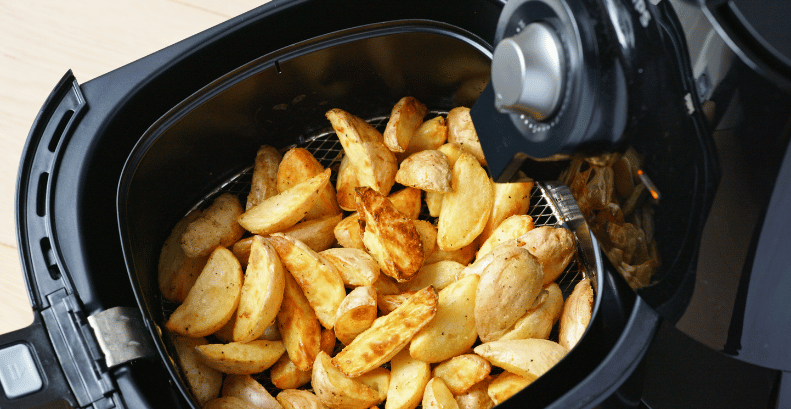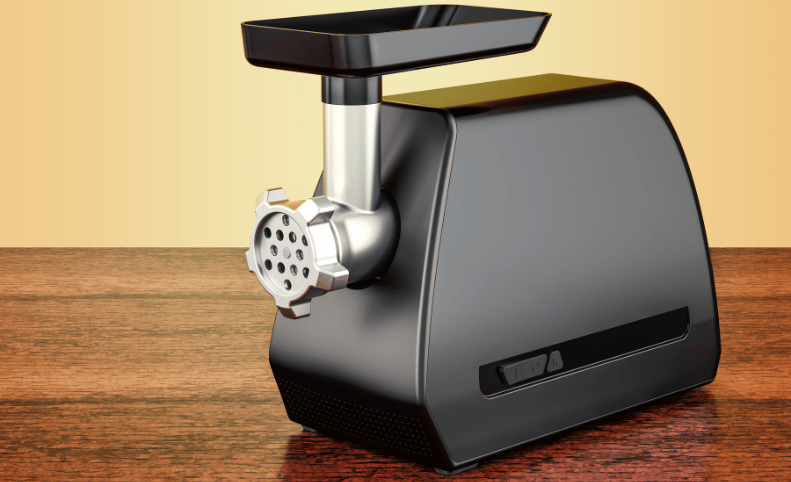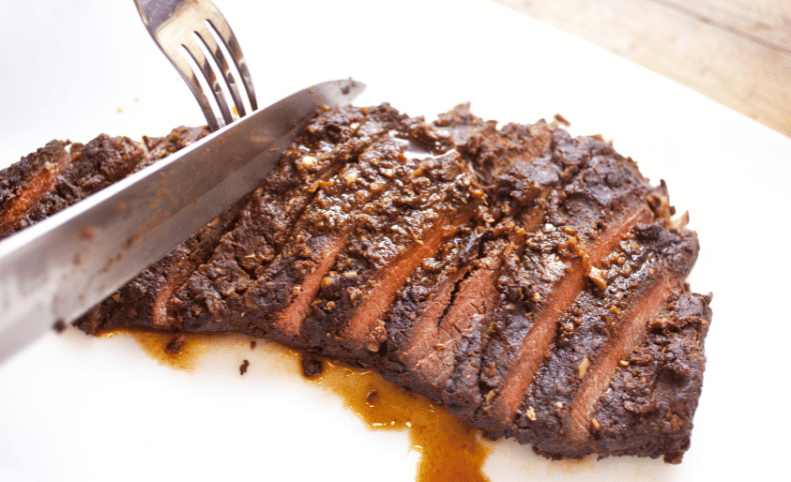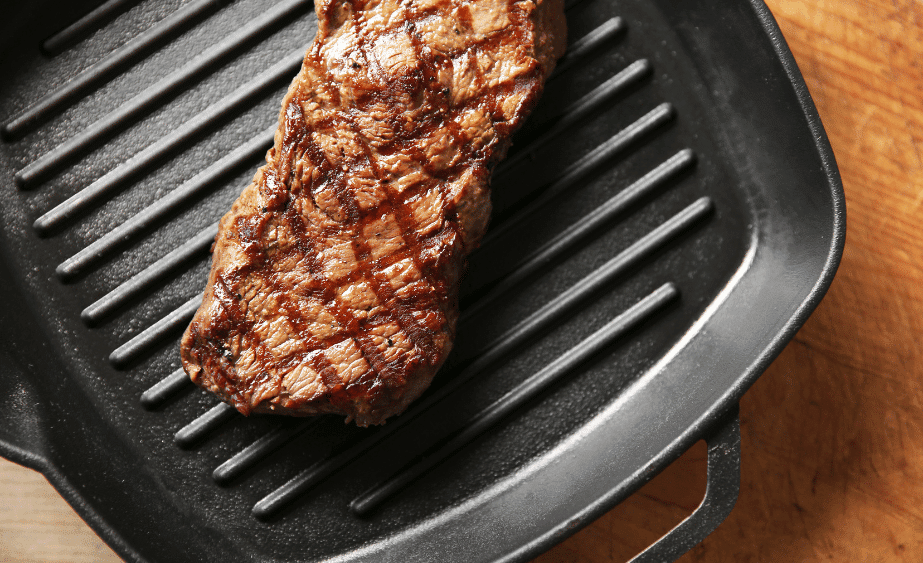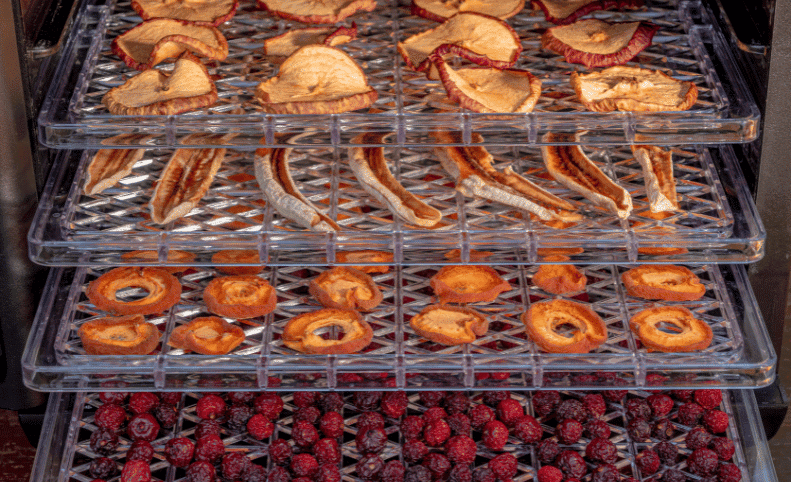

You have to keep your knife sharp and ready at all times. Once you have a collection of knives in your kitchen, you must understand the right sharpening methods.
There are several ways to do this. First, you must know how sharp your knives are and use the most appropriate method to sharpen them.
Sharpening knives is not as easy as you might think. You have to be extremely careful to avoid cutting yourself; thus, handling your knives is fundamental to the practice.
Whetstones are perhaps the best ways of sharpening knives while indoors. These methods are cost-saving and offer long-term usability. Ultimately, learning how to use whetstones will present the convenience of cutting your products – blunt knives will never get in the way of your cooking.
So, take time and learn how to use whetstones to sharpen knives to have easy cooking time.
Also called sharpening stones or water stones (different places have different names for the tool), are surfaces that release particles that sharpen steel.
These stones create a somewhat slurry liquid, which enables excellent sharpening.
Whetstones can be created from natural stones or manufactured. Artificial whetstones combine outstanding qualities from physical design and the most suitable natural elements in stones. These tools are also useful in sharpening steel, different from knives. They can sharpen machetes, scissors, and scythes.
Learning how to use a whetstone to sharpen a knife doesn’t disappoint. Experts recommend the Sharp Pebble Premium Whetstone as the best whetstone available on Amazon. The item has a multipurpose use, is safe and easy to use, and is developed in premium quality.
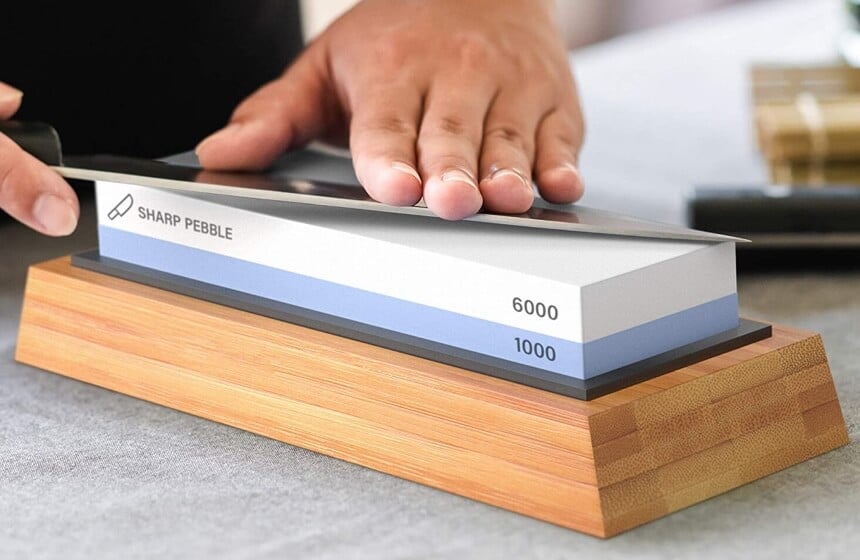
Sharpening dull knives is best with whetstones that have #1000 grit or less. You should use whetstones with #4,000 grit or more.
Pebbles can be sharpened with sharp pebble whetstones with 3000/8000 grit. According to most reviews, the best type of pebble whetstones is the Sharp Pebble 3000/8000 Grit Whetstone. It produces razor-sharp knives and has a superior bundle.
Understanding how to use a two-sided whetstone is vital to exploiting the potential of this tool.
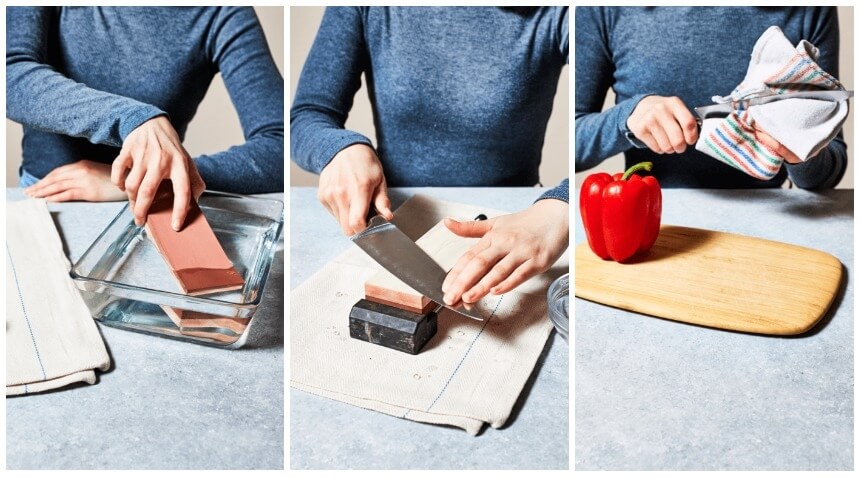
These are the most frequently asked questions that you might also be asking yourself.
Enhance your understanding of how to sharpen your knife and do it as regularly as possible.
Whetstones work well when wet. Oil Trusted Source Honing oil - Wikipedia Honing oil is a liquid, solution or emulsion used to aid in the cutting or grinding of metal, typically by abrasive tools or stones, and may or may not contain oil. It can also be called machining oil, tool oil, cutting fluid, and cutting oil. en.wikipedia.org is preferable for sharpening chisels and planes. You can use it to smoothen your stone before you use it. Oil removes the particles that could damage blades. You should always use water to polish your kitchen knives.
It would be best if you first soaked your whetstone. Here, it will be best if you know how long to soak whetstone. After that, repeat sharpening your knife with your preferred method. Sharpen it for about two minutes at the proper angle. Use little pressure in this method.

They create a mess of food, which will not look for your kitchen. You should have an easy time cutting your food when your blade is sharp enough.
Knives are not sharpened by whetstones only. Electric sharpeners are reliable in the process.
They reduce versatility, which may damage knives. Honing steel is also used by professionals. These tools are durable if well maintained.
However, honing is not best for sharpening knives. The process is used with other methods to have sharp knives.
Sharpening stones are also suitable alternatives to whetstones. Chefs, sculptors, and woodworkers mostly use these stones. The rectangle ones are elegant and used worldwide; they are continuously improved to fit the needs of multiple users. Maintaining these tools also makes them last longer.
Maintaining kitchen knives is a must in the kitchen.
Few things compare to always having sharp knives in your kitchen. The peace of mind that comes with it is priceless.
Dull knives are not convenient, especially if you frequently use them. Knives are fundamental parts of the kitchen and must be maintained just as other valuable appliances.
You should wash and dry them after use. Do not leave them in the dishwasher. Never procrastinate washing your knife. You should also store your knives well. We don’t recommend leaving them loose or lying around. Cover them with plastic knife guards if you don’t have a safe place to store them.
Another step of maintaining kitchen knives is to use a cutting board while cutting. Do not cut food on granite or hard surfaces – a wood cutting board will serve the purpose. You should also hone your knife regularly to maintain its state.
Whetstones are still one of the safest and effective methods of sharpening kitchen knives.
You must know how to use a whetstone before trying it out. The methods involved can be at times challenging, especially the best angle for sharpening.
Doing it severally will enhance your sharpening skills. You must also understand that whetstones work best when wet and should be maintained regularly.
Overall, sharp knives will make your cooking better. Furthermore, using whetstones is the cheapest way of sharpening knives in the kitchen.
